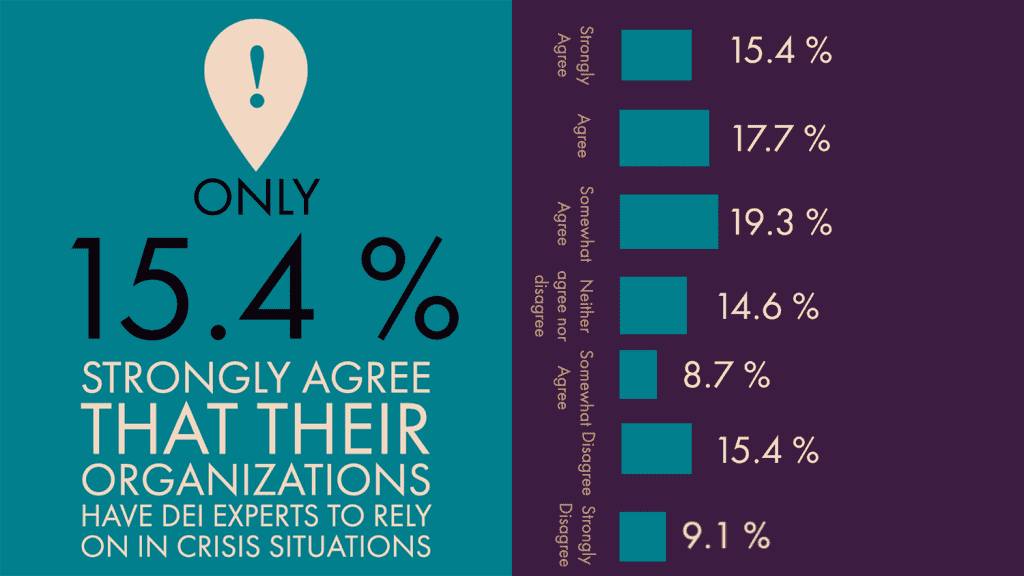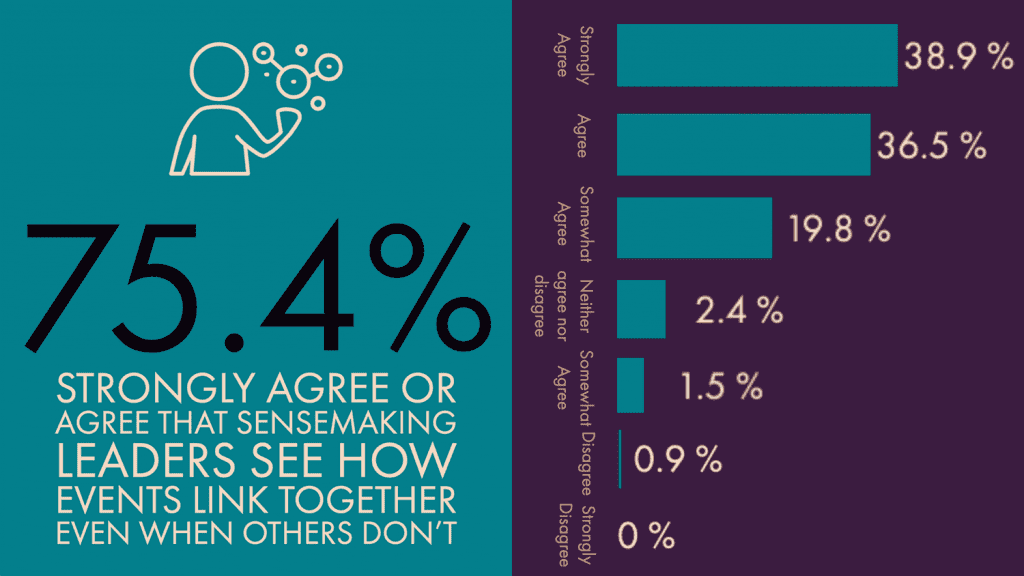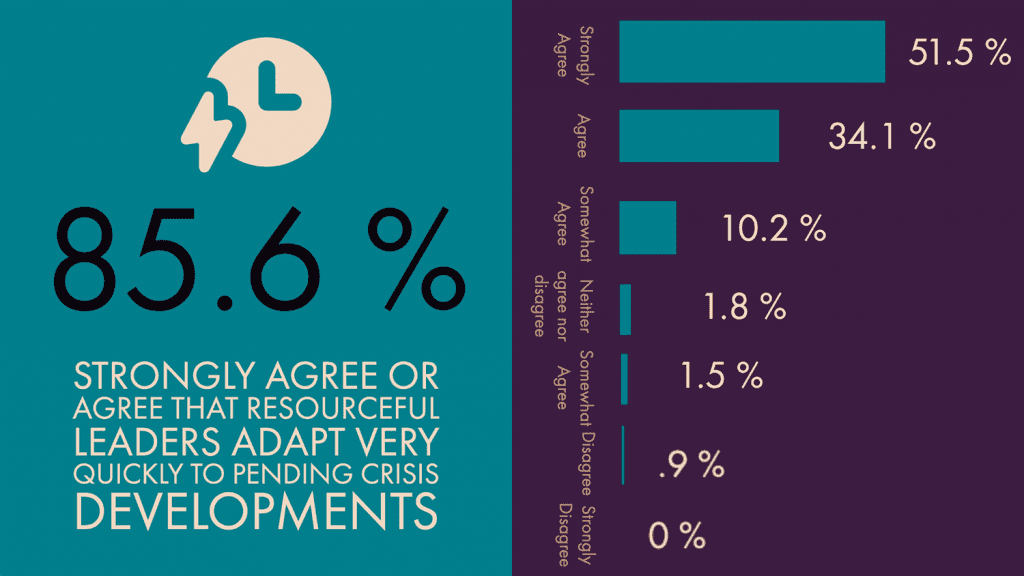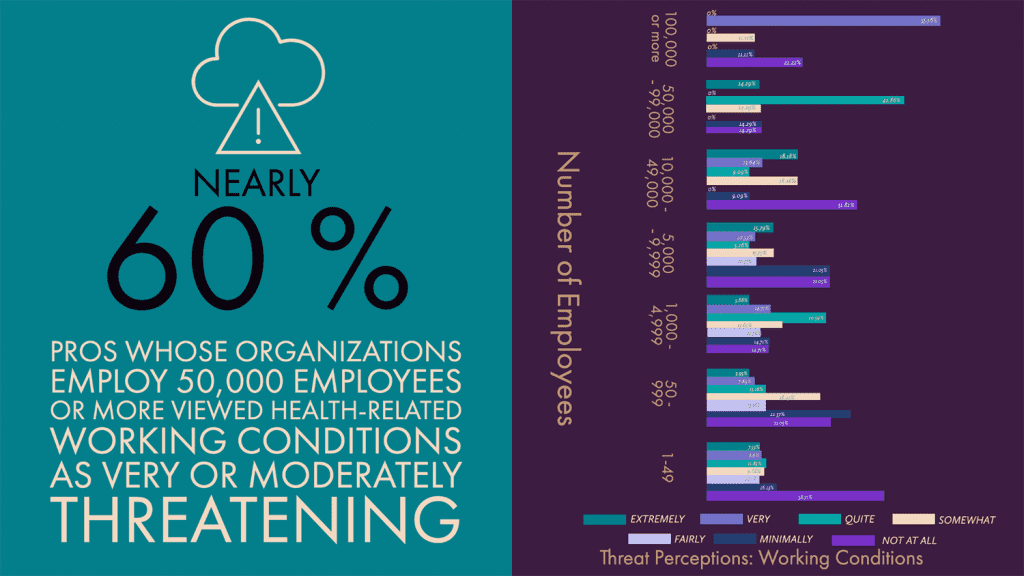
While PR pros advise treating each crisis as unique, eschewing one-size-fits-all solutions, the pandemic presented something altogether different.
How do you characterize ‘the crisis of all crises and crises it spawns?’ What to call it? The imagination runs wild.
Dr. Bryan Reber and colleagues at University of Georgia (UGA) suggest the pandemic is a “sticky” crisis.
Sticky crises are severe, recurring and complex; they simultaneously result in a ripple effect of ancillary crises that influence individual organizations and entire industries.
They require near-immediate response and might compel crisis managers to explore and understand emerging crises’ breadth and scope. These additional complexities and communication demands influence the way crisis managers prepare for crises.
Leadership requirements during sticky crises and diversity were some of the areas examined in a survey from Crisis Insider parent PRNEWS and UGA’s Crisis Communication Coalition. More than 400 PR pros were surveyed in early spring 2021.
Below are several highlights.
Diversity and Crisis
The novel coronavirus pandemic exposed race and social justice issues. #BLM marches spurred organizations to focus on DEI. Much effort centered on diverse workforces and leadership, ensuring equitable access to, and allocation of, resources, eliminating oppressive systems and processes and providing DEI education and training.
The link between DEI and crisis is an important consideration. So, the survey asked PR pros about their level of agreement with this statement: “My organization has DEI experts to rely on during crises.” Just 15.4 percent strongly agreed [see chart 1].

Key Takeaway: Diversity’s tie-in with crisis is a large blind spot for companies and organizations.
Crisis communicators should relay the importance of DEI-related crisis concerns to the C-Suite. They should emphasize that DEI issues are integral to ensuring ethical, sound and inclusive crisis management.
Leadership During Sticky Crises
The survey questioned PR pros about leadership during sticky crises. Specifically, it asked about leadership qualities such as sensemaking and resourcefulness.
Sensemaking is a leader’s ability to examine and evaluate circumstances so their organization can spring into action if necessary.
Resourcefulness refers to leaders’ ability to make quick decisions, adapt to changing circumstances and use resources effectively.
For Reber and colleagues (2021): “Sticky crises demand not only a near-instant response, but they may require crisis communicators to see possibilities, understand the potential breadth and scope of an emerging crisis, each which can bring...additional complexities and communication demands.”
Three-quarters (75.4 percent) of respondents agreed that a sensemaking leader sees how events are linked, can identify factors outside the routine and tells someone when this occurs (see chart 2).

Almost 86 percent agreed that resourceful leaders adapt quickly to pending crisis developments and deploy resources easily to respond to opportunities and threats (chart 3).

These questions gauge how important and necessary those qualities are to successful leadership. Knowing that qualities like sensemaking and resourfulness are significant can inform leadership training to ensure preparedness for situations that could evolve into a sticky crisis.
Key Takeaway: Although sensemaking and resourcefulness are associated traditionally with good leaders, sticky crises, like the COVID-19 pandemic, put a premium on leaders. In a sticky crisis, leaders need more foresight than normal to identify the scope of potential threats, ancillary crisis developments and seemingly-unrelated crisis impacts.
Health Threats & Resources
Threat appraisal is key to proactively planning for crises. The same holds for sticky crises. Going forward, health seems a high priority for crisis preparation. In light of this, we asked PR pros to rate how threatening health issues–infectious diseases, mental health, affordable healthcare, working conditions etc.–were to their organizations.
In short, PR pros at larger organizations (50,000+ employees) viewed health-related issues as very or moderately threatening (see chart 4). Meanwhile, employees at smaller organizations were less concerned.

The pandemic seemed to put a premium on having access to reliable health-related resources, such as infectious disease literature from medical professionals, support from local, state and federal health officials and company health efforts.
Overwhelmingly, respondents said these resources (with the exception of company efforts) were not needed or barely needed. This response was regardless of organization size.
This suggests health information is more persuasive when it is customized as internal communication, even when outside experts provide the content.
Key Takeaways: Health-related issues appear more salient in larger organizations. This likely is due to organizations with large employee bases increasing the potential for significant health issues. In addition, large organizations are more heavily scrutinized than smaller outfits, raising concern about a range of issues, including health.
Note: These results are a snapshot of the survey results. Crisis Insider subscribers will receive a white paper detailing the full results and implications for crisis communicators.
– LaShonda Eaddy, Ph.D. and Ph.D. students Sara Ervin, Janice Lee and Solyee Kim
